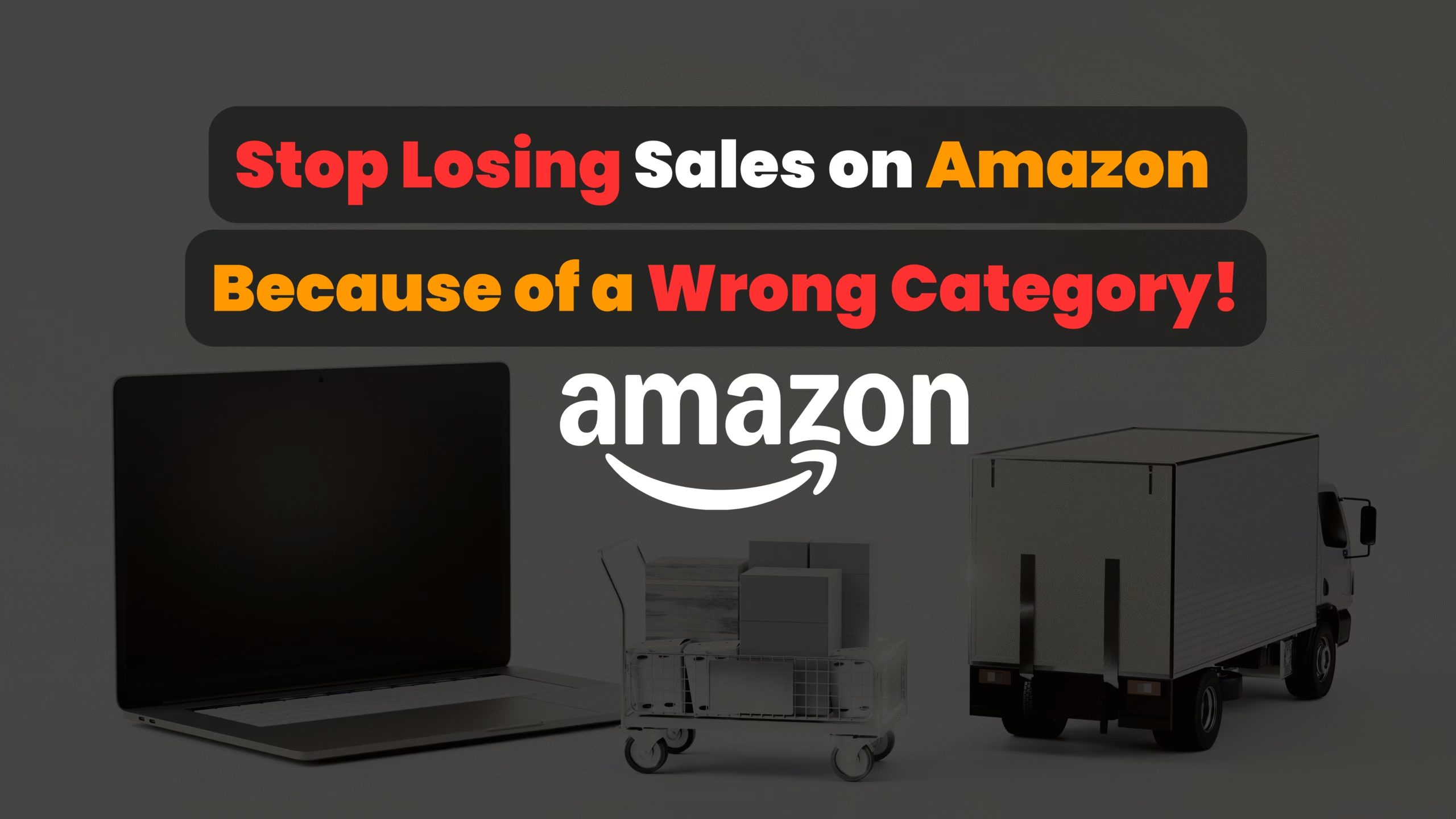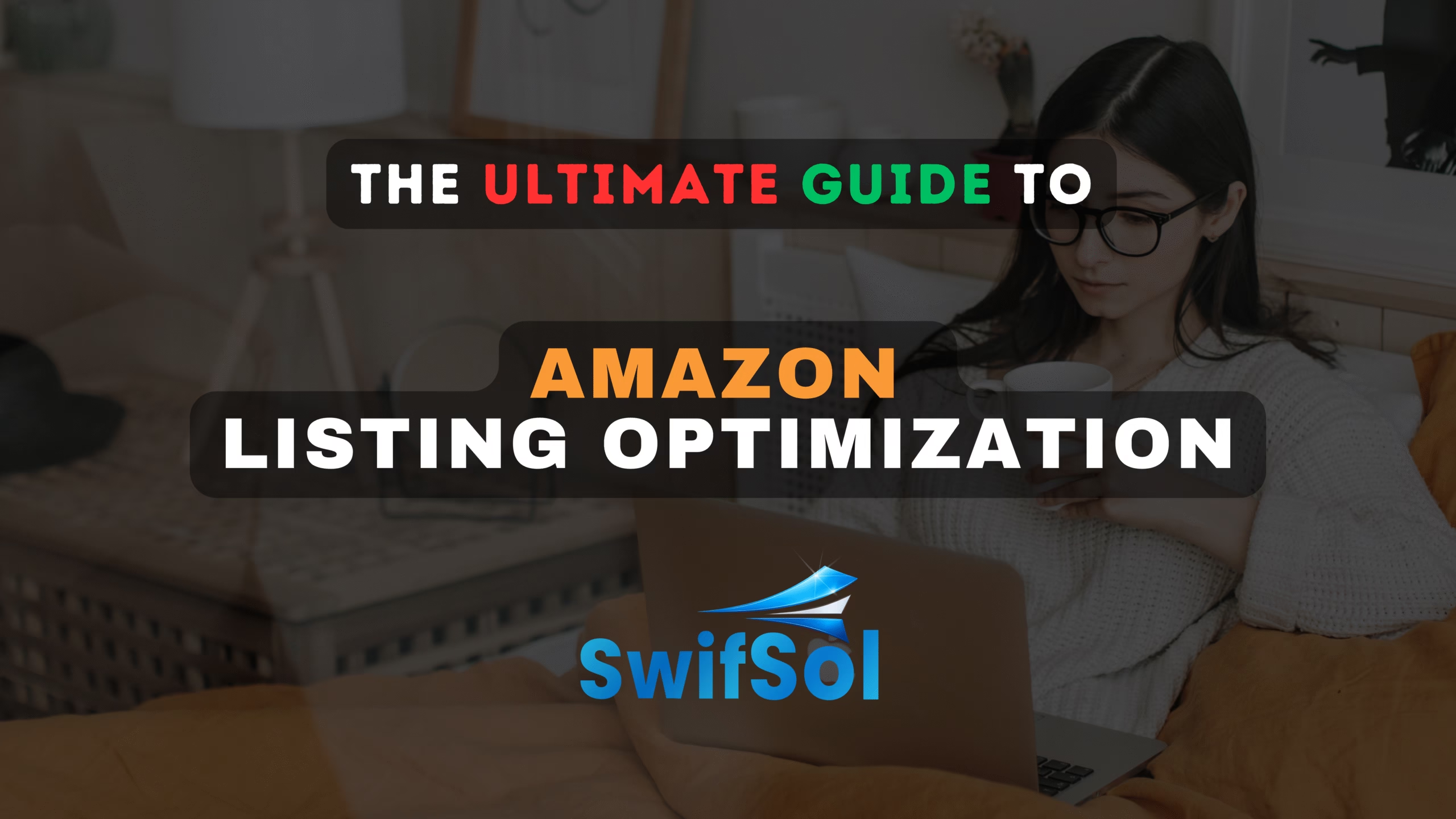“Learn how to start a successful Shopify store in 2025 with this step-by-step guide. From choosing a niche to launching your first product, get expert tips for building a profitable online business.”

How to run a successful Shopify store in 2025?
Have you ever dreamed of running your own online shop, there has never been a better time. In 2025, the future of e-commerce is defined by generative AI, immersive mobile experiences, and consumer-centric design. Shopify remains the platform of choice because it distills all that complexity into intuitive workflows—letting first-time entrepreneurs and enterprise brands alike go from concept to checkout in a weekend.
Below, you’ll find a comprehensive yet beginner-friendly roadmap—spanning niche selection, store design, product launch, and growth tactics—crafted to help you capture the next wave of digital retail and start a successful shopify store.
Why Shopify Dominates the Future of E-Commerce in 2025
1. User-Friendly Interface
Shopify’s sleek dashboard, drag-and-drop theme editor, and guided setup wizard remove technical roadblocks. Even without coding skills, you can customize fonts, colors, and layouts—or dive into Liquid for advanced tweaks.
2. All-in-One Commerce Stack
Hosting, SSL, payment gateways, abandoned-cart recovery, inventory management, customer support apps—it’s all native or one click away in the Shopify App Store. This ecosystem lets you focus on marketing and merchandising instead of server maintenance.
3. Modern Themes & Infinite Customization
Choose from dozens of 2025-ready themes optimized for speed, accessibility, and mobile checkout. Then personalize the look with Shopify’s updated drag-and-drop sections or unleash Liquid to build bespoke storefront components.
What’s New on Shopify in 2025
| 2025 Feature | What It Does | Why It Matters for New Merchants |
|---|---|---|
| AI Store Builder | Generates three fully functional store layouts—complete with images, collections, and placeholder copy—based on a simple keyword prompt. | Slashes setup time from days to minutes, letting you validate ideas before investing heavily. |
| Shopify Magic 2.0 | Autowrites product descriptions, metadata, and promotional emails in your brand voice. Now adds entire theme blocks on demand. | Saves copywriting costs and ensures on-page SEO uses target keywords like “the future of e-commerce.” |
| Knowledge Base App | Converts store policies into AI-readable FAQs and feeds them to chatbots across search and social. | Provides consistent, automated customer support while boosting discoverability in conversational search. |
Sources: Reuters, Investor’s Business Daily, Shopify Changelog (January 2025).
Easy to run a successful shopify store
Step 1: Choose a Profitable Niche
A laser-focused niche is the cornerstone of every successful Shopify venture.
- Pick a Focused Market – “Vegan skincare for outdoor athletes” trumps generic beauty.
- Solve a Pain Point – Does your product reduce waste, save time, or fulfill a passion?
- Validate Demand – Use Google Trends, TikTok hashtags, and Amazon Best Sellers to gauge interest.
- Assess Competition – Can you outshine rivals on design, bundle value, or sustainability?
- Know Your Margins – Aim for 30–50 % profit after cost of goods, shipping, fees, and ads.
Pro Tip: Feed your niche concept into Shopify’s AI Store Builder in order to run a successful shopify store. If the generated demos feel compelling, you’ve likely struck a profitable chord.
Step 2: Source or Create Products
- Dropshipping – Great for testing; zero inventory risk but slimmer margins.
- Print-on-Demand – Perfect for branded tees, posters, or phone cases—integrates seamlessly with apps like Printful.
- Private Labeling – Higher margins and brand control; partner with manufacturers to add your logo and custom packaging.
- Digital Goods – eBooks, templates, or courses (branded as “interactive kits”) ship instantly and carry near-100 % margin.
Remember: the future of a successful shopify store values transparency. Showcase eco-certificates, fair-trade sourcing, or digital-download carbon offsets to build trust.
Step 3: Design Your Store for Conversions
1. Select a Fast, Mobile-First Theme
Speed is a ranking signal for Google and a conversion booster for mobile shoppers. Test theme demos on PageSpeed Insights before installing.
2. Optimize Every Touchpoint
- Above the Fold: Feature your hero product or bestselling bundle with a clear headline.
- High-Quality Media: Use 1500-pixel images and short demo videos; Shopify’s AI Image Editing can upscale and remove backgrounds.
- Simplified Navigation: Limit main menu items to 4–6. Add filters and predictive search to product collections.
3. Deploy Magnetic CTAs
Contrast colors, actionable text (“Get My Eco Kit”), and strategic placement (visible without scrolling on mobile) prime visitors to click.
4. Build Trust Early
Embed reviews, user-generated photos, and guarantee badges near the “Add to Cart” button. Auto-pull your latest LinkedIn testimonials or Instagram Reels into a social-proof slider.
5. Add Ethical Urgency
Countdown timers for limited-edition drops or low-stock alerts (“Only 7 left!”) motivate action without feeling manipulative—especially if backed by real inventory data.
Step 4: Configure Essential Apps & Automations
- Klaviyo or Shopify Email – For automated welcome flows and cart-abandonment recovery.
- ReConvert – Streamlines thank-you pages and post-purchase upsells.
- Judge.me – Collects product reviews with photo/video proof.
- Recharge – Adds subscription options for consumables, locking in predictable revenue.
- Shopify Flow – Triggers tasks like tagging VIP customers or notifying you when SKU velocity spikes.
Successful Shopify store? Automation is at the heart of the future of e-commerce—freeing you to focus on creative growth instead of daily firefighting. Start today with SwifSol and run a successful shopify store!
Step 5: Launch Your Marketing Engine
1. SEO-First Content
Publish pillar-cluster blog posts around keywords like “best vegan skincare,” “Shopify store in 2025,” and our focus phrase “the future of e-commerce.” Use Shopify Magic to draft outlines, then refine by adding brand stories and expert quotes.
2. Social-Commerce Synergy
- TikTok Shop & Instagram Checkout: Sync product feeds to reach impulse buyers.
- Live Commerce: Stream product demos via Shopify’s native tools—shoppers can purchase without leaving the video.
3. Paid Acquisition
Start with $20–$30 daily on Meta Advantage+ Shopping Campaigns or Google Performance Max. Scale winners, prune under-performers, analyze ROAS weekly.
4. Community & Loyalty
Leverage Web3-ready apps to issue NFT membership cards, granting holders early access to drops. Or deploy traditional points-for-purchase programs—whatever matches your audience.
Step 6: Track, Learn, Iterate
- Analytics Dashboards: Shopify’s revamped reports show time-series conversions, cohort retention, and AI-recommended tweaks (e.g., “Add size-chart link to reduce returns”).
- A/B Testing: Use Shopify’s native Experiments to test hero images, price points, or cart-drawer designs.
- Customer Feedback Loops: Collect post-purchase surveys with apps like Fairing to refine products and messaging.
Remember, the future of e-commerce rewards brands that evolve quickly. Data-driven iteration is your moat.
Start today with SwifSol and run a successful shopify store!

About SwifSol: Your Growth Partner
SwifSol empowers small- to mid-market businesses to thrive on Amazon, Walmart, Shopify, and beyond. Our team blends conversion-focused design, AI-enhanced SEO, and performance marketing to deliver measurable ROI. Whether you’re launching your first product or scaling an eight-figure catalog, SwifSol provides the tech stack and strategic guidance you need to dominate the digital shelf.
Ready to start today with SwifSol and run a successful shopify store!?
Instagram: https://www.instagram.com/swifsol
Website: https://swifsol.com/
LinkedIn: https://www.linkedin.com/company/swifsol


